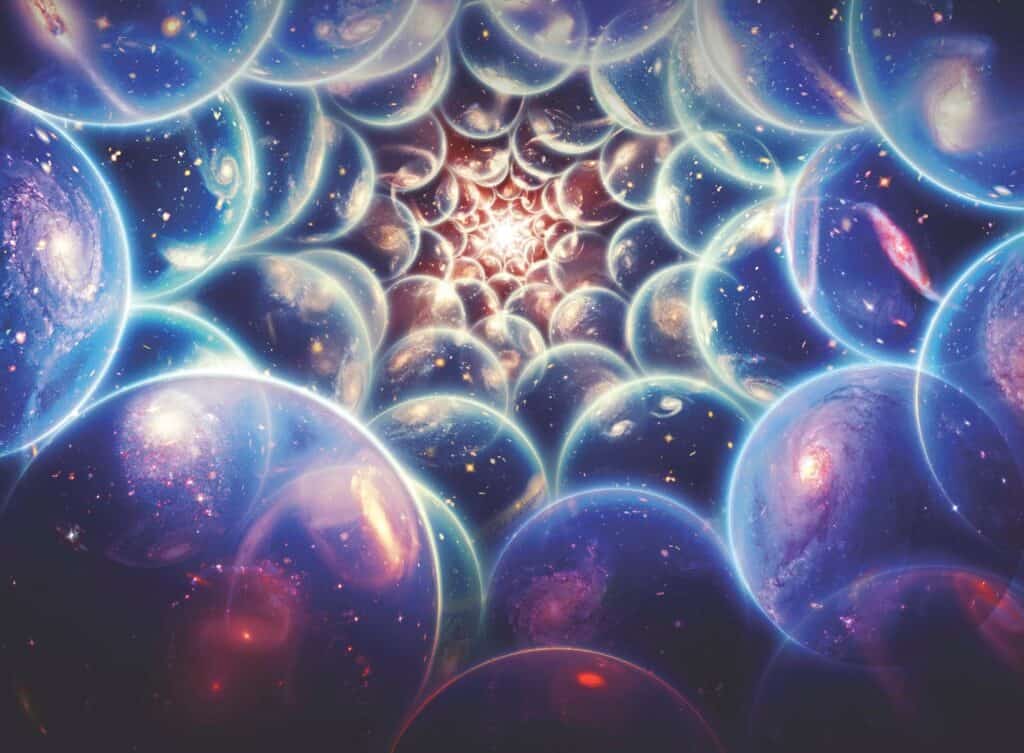In the grand tapestry of the cosmos, with our universe but a minuscule thread, lie scientific truths that challenge the very foundation of our understanding. As we venture deeper into the mysteries of the universe, we uncover fifteen unsettling science facts that tantalize our curiosity and push the boundaries of human understanding. These mind-bending revelations bring us face to face with concepts that defy conventional wisdom and stretch the limits of our knowledge… And give us a bit of a headache.
The Multiverse Theory – Unlocking the Infinite Realities

The Multiverse Theory suggests that beyond the boundaries of our known universe, an infinite number of alternate universes exist, each with its unique set of physical laws and constants. In these parallel realms, everything we know may have a multitude of variations, from the laws of physics to the fundamental constants that govern the behavior of matter and energy. Imagine a scenario where you’re flipping a coin. In our universe, you know it has two possible outcomes: heads or tails. However, according to the Multiverse Theory, there are countless other universes where when you flip a coin, it might land on its edge, disappear, or even turn into a butterfly. This theory challenges our belief in the predictability of our universe and suggests that, in the grand scheme of things, our reality is just one small piece of an infinite cosmic puzzle.
While the Multiverse Theory remains a theoretical concept, it forces us to consider the possibility that our universe is just one among a sea of universes, each with its own set of possibilities. The unsettling aspect of the Multiverse Theory lies in its challenge to our core beliefs about the universe. For centuries, humans have grappled with the idea that our universe is singular and unique. The notion of multiple universes, each with its own set of laws, questions our cosmic significance and challenges the idea that we are alone in the vastness of space. The Multiverse Theory is both awe-inspiring and humbling, opening doors to an infinite cosmic landscape where the boundaries of our knowledge are continually expanding.
